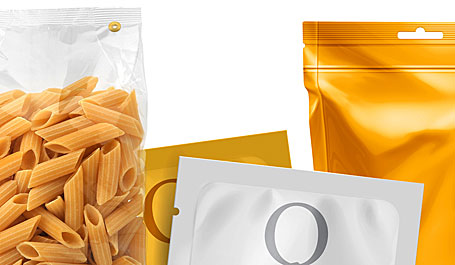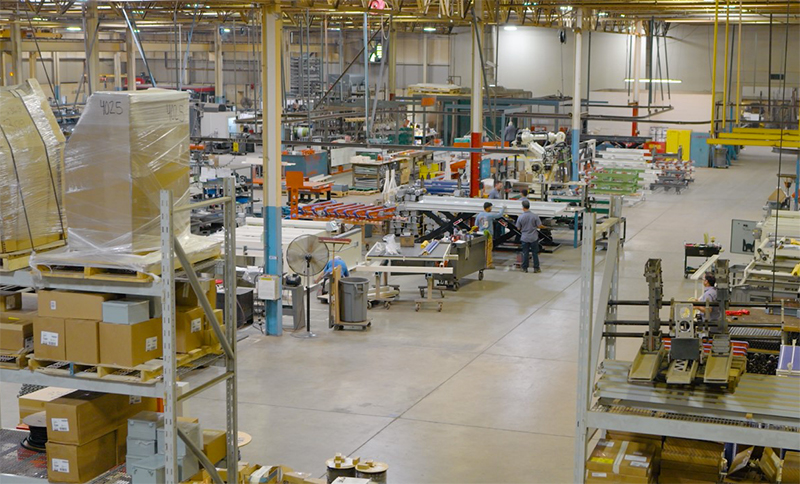
Flexible packaging: Syntegon Technology involved to the European initiative CEFLEX
publié le lundi 09 mars 2020
Syntegon Technology, formerly Bosch Packaging Technology, contributes its vast packaging and processing expertise to the European initiative CEFLEX to foster a circular economy for flexible packaging.
As a leading consortium of companies and associations representing the entire value chain of flexible packaging, CEFLEX aims to establish a collecting, sorting and reprocessing infrastructure throughout Europe by 2025. With the help of industry partners from all parts of the value chain, CEFLEX has developed dedicated ‘Designing for a Circular Economy Guidelines’ for flexible packaging. After several rounds of input from the consortium, the open consultation on the guideline drafts is finished. They will be launched in spring 2020. “Sustainable packaging needs to be easily recyclable and processable at the same time,” says Matthias Klauser, project leader and sustainability expert at Syntegon Technology. “With our long-standing expertise we can help to pave the way to a circular economy that leaves room for production efficiency”.
Together with some of CEFLEX’s more than 140 industry partners, Syntegon Technology is developing a design guideline for flexible packaging as part of a circular economy roadmap for the whole value chain. “With the guidelines, CEFLEX aims to offer a widely recognized guidance on flexible packaging materials,” Klauser says. “We want to support CEFLEX in reconciling sustainability and efficiency requirements, since not every sustainable packaging material is easy to process in an efficient manner”.
Depending on the material, processes such as sealing might take longer, affecting output and overall equipment effectiveness (OEE). As a leading provider of processing and packaging equipment, Syntegon Technology supports CEFLEX with in-depth packaging and handling knowledge and advice on the use and machinability of materials. “We see considerable potential for instance in mono-polyolefines and other monomaterials,” Klauser explains. “At the same time, packaging and processing equipment providers will need to adapt their technologies to facilitate implementation of the guidelines. This includes making new materials processable on existing equipment, as well as developing new machine technologies that are suited for all kinds of materials today and in the future”.









